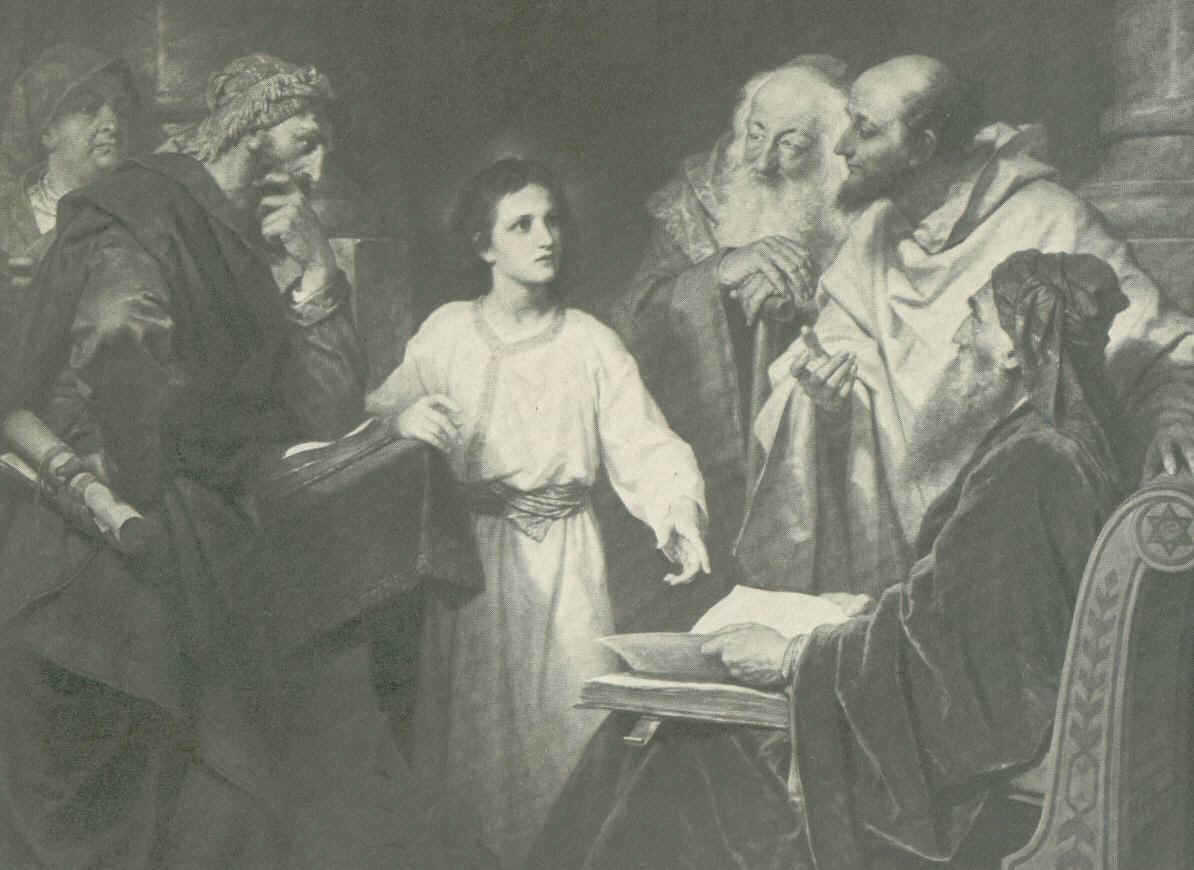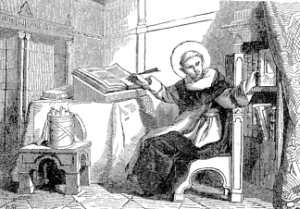About Fr. Martin’s book
Defending his book, Building a Bridge (2017), Jesuit Father James Martin claims that its consistency with Church teaching is attested to by (A) his own good standing as a priest, and (B) the canonical approval the book received from his Jesuit superior.
Martin’s first claim, that he is a priest in good standing, is neither contested nor relevant to the question of whether his book is doctrinally sound or pastorally trustworthy.
Martin’s second claim, that his book enjoys canonical approval, requires some context before one can appreciate what that means—and doesn’t mean.
The Roman Catholic Church’s canonical discipline on publishing materials related to faith and morals is found chiefly in Canons 822-832 and focuses on two well-known markers of doctrinal orthodoxy and pastoral suitability, namely, the “nihil obstat” (a theologian’s certification that nothing obstructs faith or morals per 1983 CIC 830 § 2) and the “imprimatur” (a local ordinary’s determination that the writings may be responsibly published per 1983 CIC 830 § 3). The nihil obstat does not imply that everything in a text is stated correctly, but rather, is concerned with whether anything is stated wrongly; the imprimatur does not imply that a book is actually good or helpful, but rather, asks whether it is a bad idea to publish it. Throughout the process, authors and their works are generally, and understandably, viewed benignly (e.g., 1983 CIC 212).
Martin’s book, though falling within the categories for which a nihil obstat and an imprimatur are expressly recommended (1983 CIC 827 § 3), does not, in my opinion, require such certifications and he is within the law to have published it without them. Of course, the lack of these common certifications is hardly evidence of the soundness of his work.
Martin’s book does have what it is required to have, namely, a religious superior’s “permission to publish” (imprimi potest), a clearance all members of institutes of consecrated life must obtain prior to publishing these sorts of materials [1983 CIC 832]. Instructions issued in 1992 by the Congregation for the Doctrine of the Faith expect religious superiors, prior to issuing their permission for publication, to consult with at least one trustworthy theologian about whether anything in a book such as Martin’s is harmful to the faith or morals. Martin himself might or might not know whether this prior theological review was actually carried out but Fr. John Cercero, sj, the superior who granted permission for Martin to publish his book, would certainly know.
But let’s assume that a qualified censor cleared the content of Martin’s book whereupon his superior concluded for its general prudence. Does that mean that Martin’s opinions and views are, as he seems to claim, necessarily acceptable in the Church?
No.
First, there are notorious examples of quite unworthy books boasting ecclesiastical approval until the faithful’s consternation over such aberrations finally gets someone’s attention somewhere and the approvals are withdrawn. The decade-and-a-half argument over Wilhelm’s Christ Among Us (1968), which lost its imprimatur in 1984 after Roman intervention, lingers in Catholic conscientiousness to this day.
Second, and more importantly, and notwithstanding some “hyperbole” (CLSA New Comm. at 984) in the CDF instruction about ecclesiastical approval constituting a “juridical and moral guarantee”, the nihil obstat, the imprimatur, and the imprimi potest are, in the end, judgment calls made by ecclesiastical officers about how authors have presented their views on important (and often complex) Church teachings and practices, and are not themselves infallible exercises of the Church’s teaching office. One would like to think, of course, that all Church officers are qualified for and committed to performing their duties in this area but, even without reaching the extreme cases recalled above, differing analytic approaches can be followed and old-fashioned mistakes can and do happen in the course of such reviews.
So, Martin’s book apparently does not have a standard nihil obstat or imprimatur; it might or might not have a Jesuit theologian’s in-house certification of its avoidance of doctrinal error; it does have a Jesuit superior’s indication that, in his view, the book can be prudently published.
Thus, in short, to tout a religious superior’s imprimi potest as proof of one’s personal or authorial orthodoxy is to misconstrue what that certification is and what it means.
Update (same day): Martin’s superiors have just released a statement indicating that his book did go through a theological analysis. They do not identify who performed that assessment, but then, the new law does not require disclosure of that name, as was generally required under the old law. The canonical commentary I offered above applies as I indicated.



Comments are closed.